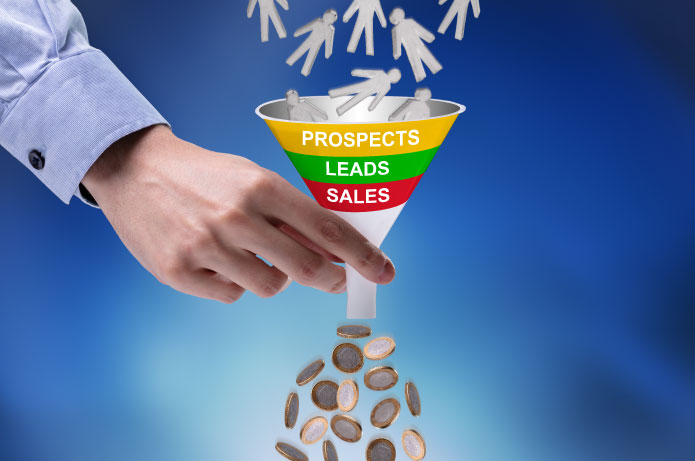Building an efficient sales funnel is essential for any company that wants to increase its conversions and improve the overall performance of its business process. The sales funnel is nothing more than a representation of the path taken by a potential customer from the first contact with your brand to the completion of the purchase. When well structured, it can not only generate more sales, but also optimize the efforts of the sales and marketing team.
“To remain competitive in the market, a company needs to seek customer satisfaction, make business partnerships, improve management, have a well-trained team, not be afraid of competition and adhere to new” technologies, says Raphael Lassance, Partner of Sales Club, largest ecosystem specialized in sales solutions for companies.
Thinking about it, the entrepreneur listed 6 steps to build a successful sales funnel. Check:
1. Understand your target audience
The first step to creating an efficient sales funnel is to know your target audience deeply. Knowing who your potential customers are, what their needs, pains, desires and behaviors are, is critical to effectively direct your communication. For this, create personas, which are fictitious representations of your ideal customers. This will help you understand how your offer can solve the problems of these people and at what stage of the funnel they are.
2. Define the steps of the funnel
A traditional sales funnel is divided into three main stages: top, middle and bottom. Each of them corresponds to a different stage in the customer buying process. By defining these steps, it is possible to create specific strategies for each of them, increasing the probability of conversion at each stage.
- Top of funnel (attraction): At this stage, the goal is to attract visitors to your website or sales page.The idea is to educate and offer relevant content to solve common problems or questions of your target audience.Effective strategies include blogs, videos, social networks and paid ads;
- Middle of funnel (consideration): Here, the lead already knows your brand and is considering options to solve your pain. The focus should be to nurture this lead with more in-depth content, such as e-books, webinars, case studies and educational materials. It is time to build a relationship and highlight the differentials of your offer;
- Funnel bottom (decision): The lead is ready to make a purchase decision.The goal now is to convince you that your solution is the best option. Offer commercial proposals, product demos or special discounts to encourage conversion. Testimonials, success stories and guarantees are also essential to strengthen trust at this time.
3. Automate and optimize the process
Using marketing automation tools can be decisive in building an efficient sales funnel. With these tools, you can nurture leads with targeted email campaigns, schedule follow-ups, and create automatic flows to move leads through funnel steps more efficiently.
4. Track lead behavior
Each lead has a unique behavior throughout the funnel.Some CRM (Customer Relationship Management) tools can help track the journey of each lead, allowing the sales team to know exactly what stage it is at and what the most effective approach to continue the negotiation.
5. Train your sales team
The sales team should be aligned with the sales funnel and clearly understand how each step works. Offering regular training on best practices for lead qualification and sales closing techniques is essential to ensure your team is ready to act effectively at each stage of the funnel.
6. Constantly evaluate and adjust
An efficient sales funnel is not static. It is critical to track results with metrics and KPIs (Key performance indicators) to evaluate what is working and what needs to be adjusted. Conversion rates, average closing time, customer acquisition cost and return on investment (ROI) are some of the data that must be analyzed to optimize the funnel.


